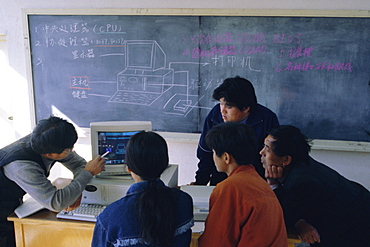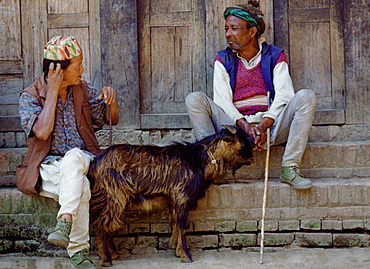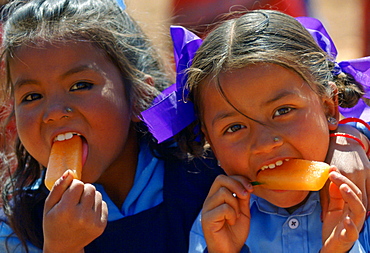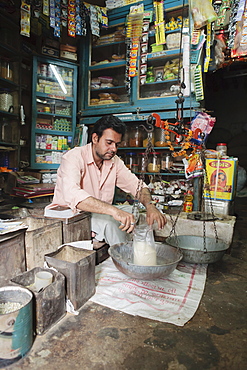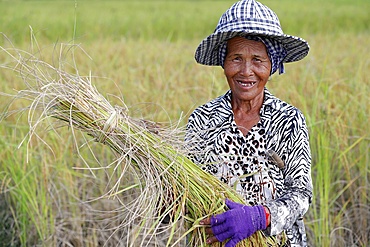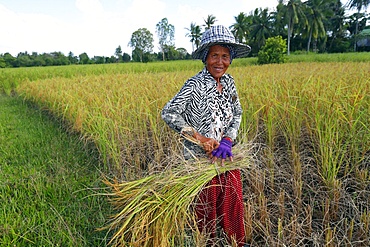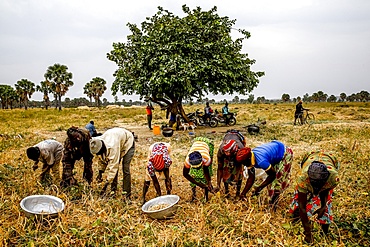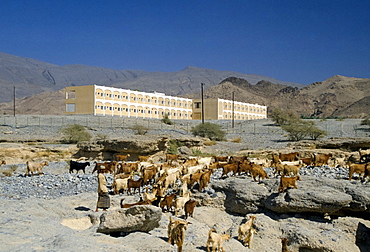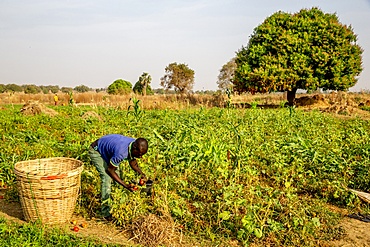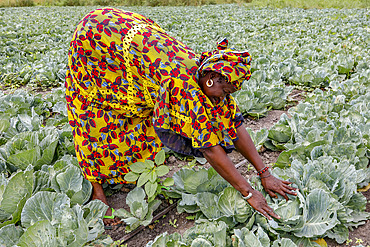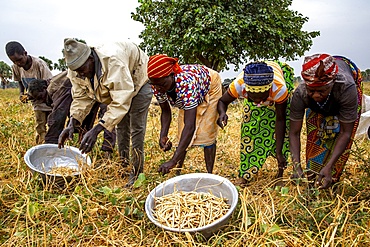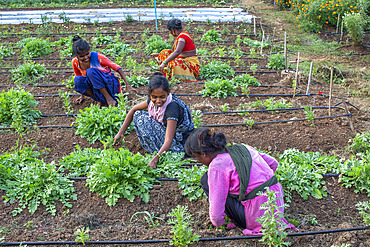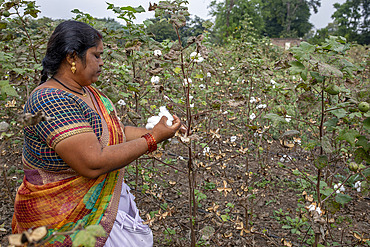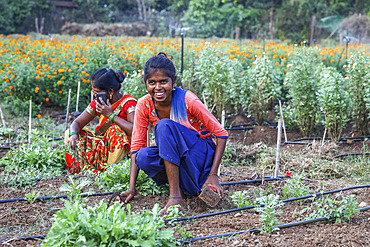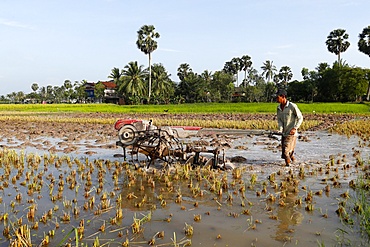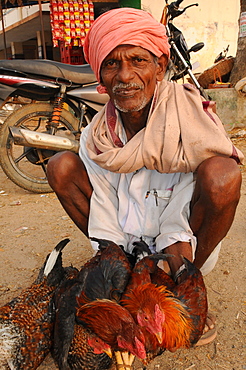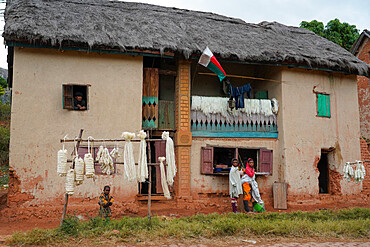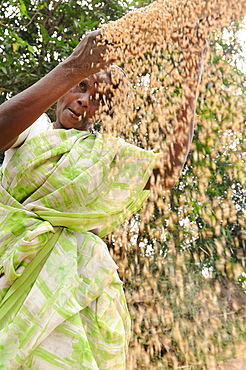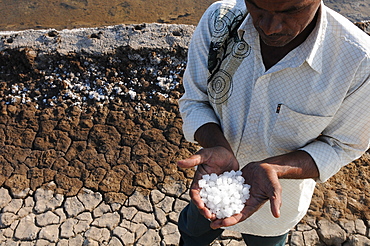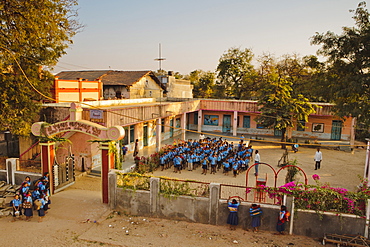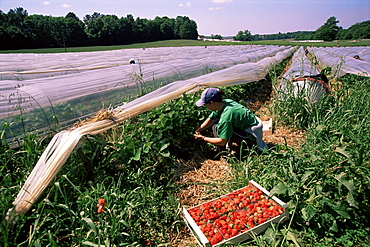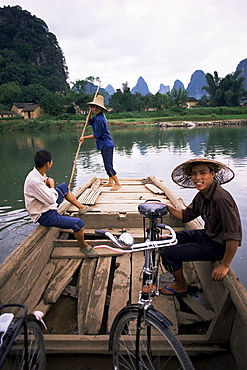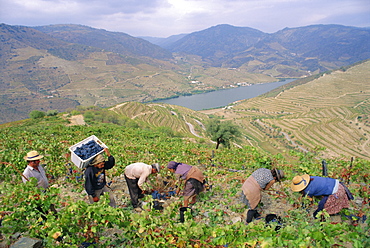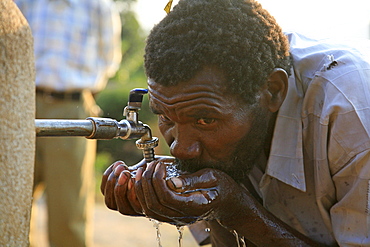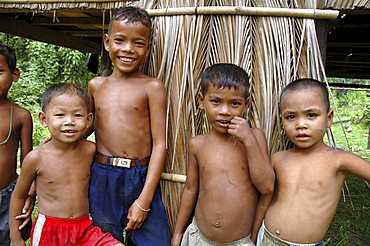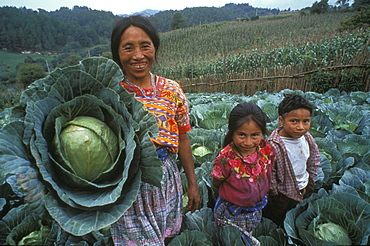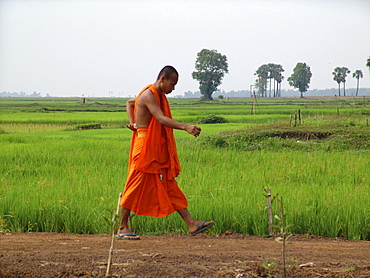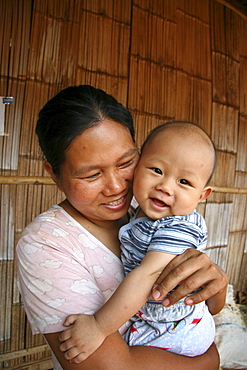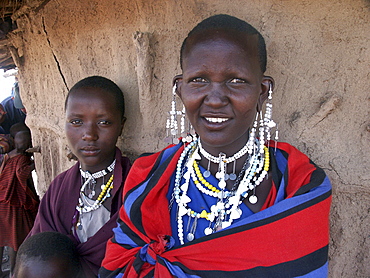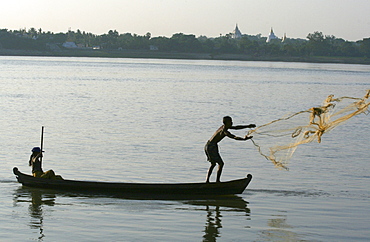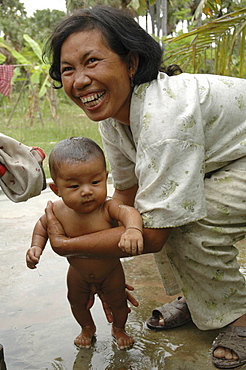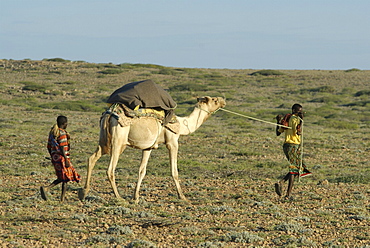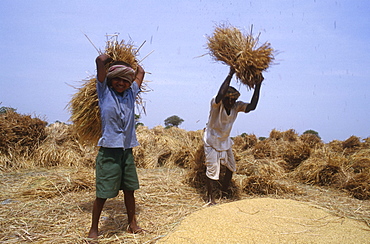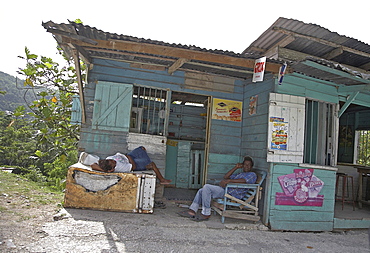Results
« Previous 1 … 4 5 6
508 results found
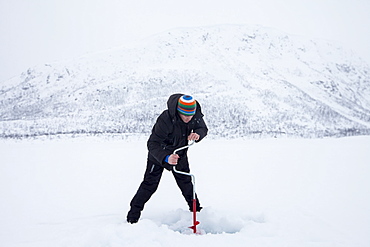
Drilling a hole in the ice while fishing on frozen lake in the Arctic Circle on Ringvassoya Island in the region of Tromso, Northern Norway
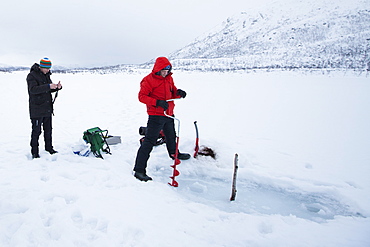
Drilling a hole in the ice while fishing on frozen lake in the Arctic Circle on Ringvassoya Island in the region of Tromso, Northern Norway
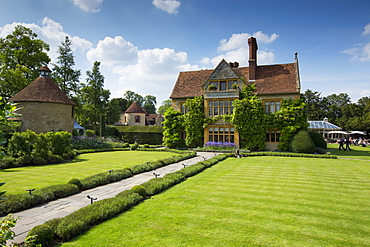
Le Manoir Aux Quat' Saisons luxury hotel founded by Raymond Blanc at Great Milton in Oxfordshire, UK
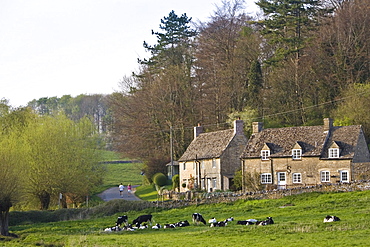
Two people walk past village scene of Oxfordshire cottages and Friesian cows, Swinbrook, The Cotswolds, England, United Kingdom

Piles of salt and workers harvesting the salt fields around the Praek Tuek Chhu River estuary south of the city, Kampot, Cambodia, Indochina, Southeast Asia, Asia
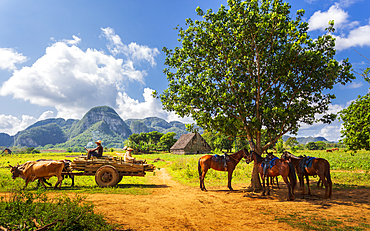
Farmer with oxcart carriage in Vinales, UNESCO World Heritage Site, Pinar del Rio Province, Cuba, West Indies, Caribbean, Central America
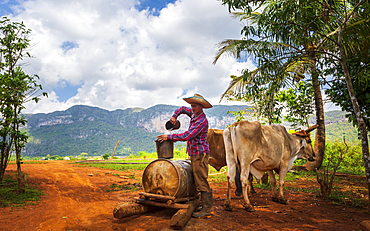
Farmer with work clothes drawing water from old well in Vinales National Park, UNESCO World Heritage Site, Pinar del Rio Province, Cuba, West Indies, Central America
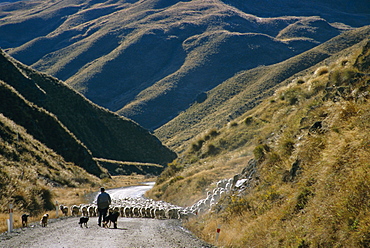
Shepherd herding flock of sheep through mountain pass, Glenorchy, South Island, New Zealand, Pacific
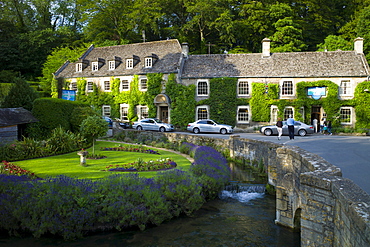
Swan Hotel and River Coln at Bibury in The Cotswolds UK. L to R: Audi A8, Mercedes C Class (2 silver cars), BMW 7 Series
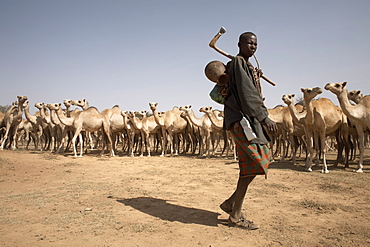
Nomadic camel herders lead their herd to a watering hole in rural Somaliland, northern Somalia, Africa
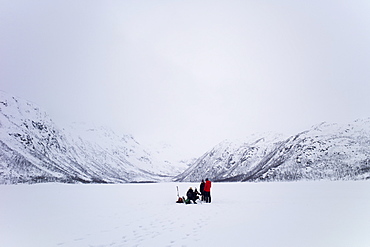
Ice-fishing on frozen lake in the Arctic Circle on Ringvassoya Island in the region of Tromso, Northern Norway
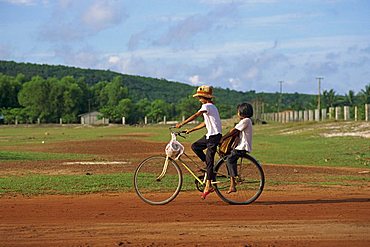
Two children riding on a bicycle through a rural area on Phu Quoc Island in south west Vietnam, Indochina, Southeast Asia, Asia
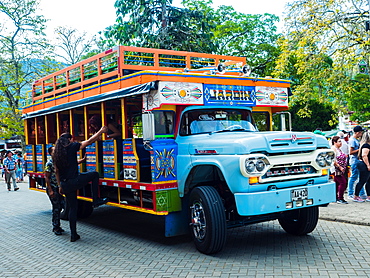
Brightly painted chivas, common transport in rural Antioquia, Jardin, Antioquia, Colombia, South America

Rural sports, Plaza de los Fueros (Tribunals Square), San Fermin fetival, Pamplona, Navarra (Navarre), Spain, Europe
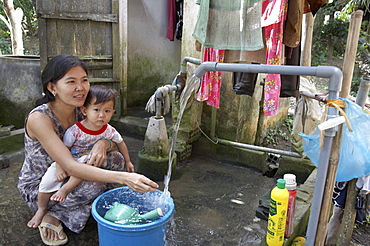
Vietnam community water purifying project in village of tam phu, tam pinh district in vinh long province. previously the community would take water directly from a canal, for drinking. thanks to this project, they now have safe drining water. fran thi bich ngoc and her child vo truong vy, taking safe drinking water from a faucet in their home
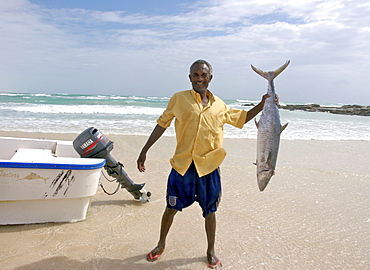
Hardest hit was a 650 kilometers stretch of the somali coastline between garacad (mudung region) and xaafuun (bari region), which forms part of the puntland province near the horn of africa. The tsunami resulted in the death of some 300 people and extensive destruction of shelters, houses and water sources as well as fishing gear. The livelihoods of many people residing in towns and small villages along the somali indian ocean coastline, particularly in the northern regions, were devastated
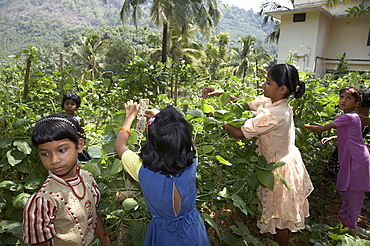
India. Girls working in vegetable plot. Mary matha bala bhavan, a girls orphanage run by syro-malabar catholic missionary sisters of mary immaculate (msmi), chamal village, thamarassery diocese, khozikode, kerala. 2007
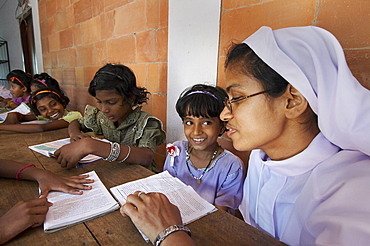
India. Study and reading time, helped by sister bincy joseph.Mary Matha bala bhavan, a girls orphanage run by syro-malabar catholic missionary sisters of mary immaculate (msmi), chamal village, thamarassery diocese, khozikode, kerala. 2007
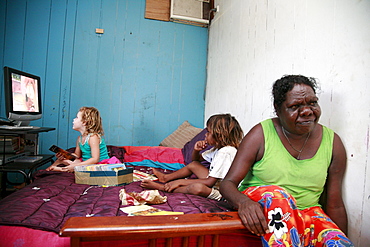
Australia. Children watching tv in aborigine community of , or beswick, arnemland, northern territory. 2007
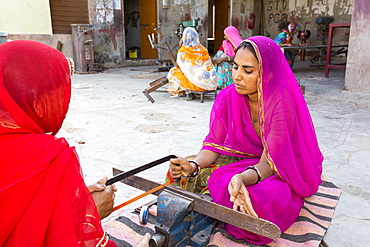
Women constructing solar cookers at the Barefoot College in Tilonia, Rajasthan, India. The Barefoot College is a worldwide charity, founded by Bunker Roy, its aims are, education, drinking water, electrification through solar power, skill development, health, women empowerment and the upliftment of rural people. The use of the cookers, vastly reduces the amount of fire wood women have to go out and collect from the forest.
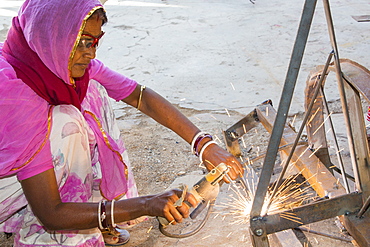
Women welding joints during the construction of solar cookers at the Barefoot College in Tilonia, Rajasthan, India. The Barefoot College is a worldwide charity, founded by Bunker Roy, its aims are, education, drinking water, electrification through solar power, skill development, health, women empowerment and the upliftment of rural people. Solar cookers save women having to walk to the froest to cut down wood for cooking, thus saving the forests, and a daily chore for woman.

Women on a solar workshop, learning how to make solar lanters at the Barefoot College in Tilonia, Rajasthan, India. The Barefoot College is a worldwide charity, founded by Bunker Roy, its aims are, education, drinking water, electrification through solar power, skill development, health, women empowerment and the upliftment of rural people. Many of the women are iliterate or semi literate. They are trained from countries all over the world, so that they can take their skills back and cascade the learning.
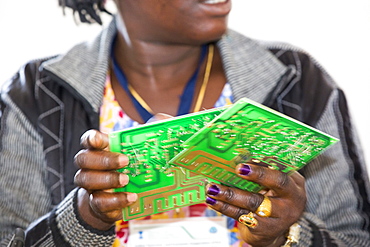
Women on a solar workshop, learning how to make solar lanters at the Barefoot College in Tilonia, Rajasthan, India. The Barefoot College is a worldwide charity, founded by Bunker Roy, its aims are, education, drinking water, electrification through solar power, skill development, health, women empowerment and the upliftment of rural people. Many of the women are iliterate or semi literate. They are trained from countries all over the world, so that they can take their skills back and cascade the learning.
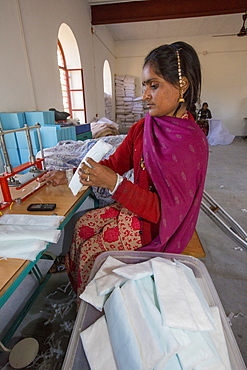
A disabled women making nappies at the Barefoot College in Tilonia, Rajasthan, India. The Barefoot College is a worldwide charity, founded by Bunker Roy, its aims are, education, drinking water, electrification through solar power, skill development, health, women empowerment and the upliftment of rural people.
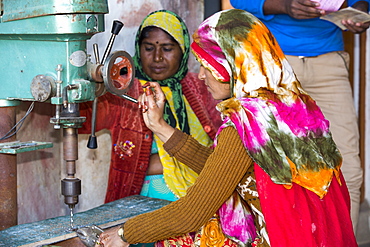
Women building solar cookers at the Barefoot College in Tilonia, Rajasthan, India. The Barefoot College is a worldwide charity, founded by Bunker Roy, its aims are, education, drinking water, electrification through solar power, skill development, health, women empowerment and the upliftment of rural people.
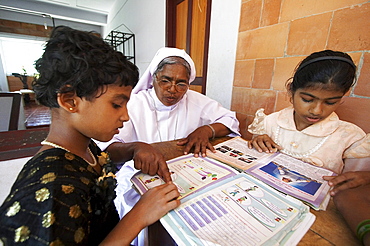
India. Study and reading time, helped by sister jane thennattil (director).Mary Matha bala bhavan, a girls orphanage run by syro-malabar catholic missionary sisters of mary immaculate (msmi), chamal village, thamarassery diocese, khozikode, kerala. 2007
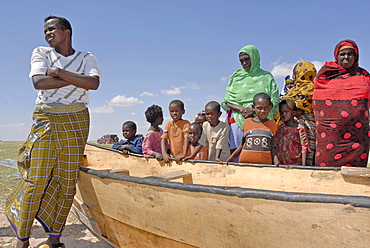
Hardest hit was a 650 kilometers stretch of the somali coastline between garacad (mudung region) and xaafuun (bari region), which forms part of the puntland province near the horn of africa. The tsunami resulted in the death of some 300 people and extensive destruction of shelters, houses and water sources as well as fishing gear. The livelihoods of many people residing in towns and small villages along the somali indian ocean coastline, particularly in the northern regions, were devastated

Hardest hit was a 650 kilometers stretch of the somali coastline between garacad (mudung region) and xaafuun (bari region), which forms part of the puntland province near the horn of africa. The tsunami resulted in the death of some 300 people and extensive destruction of shelters, houses and water sources as well as fishing gear. The livelihoods of many people residing in towns and small villages along the somali indian ocean coastline, particularly in the northern regions, were devastated
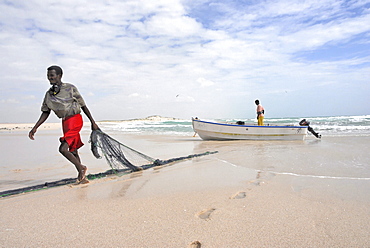
Hardest hit was a 650 kilometers stretch of the somali coastline between garacad (mudung region) and xaafuun (bari region), which forms part of the puntland province near the horn of africa. The tsunami resulted in the death of some 300 people and extensive destruction of shelters, houses and water sources as well as fishing gear. The livelihoods of many people residing in towns and small villages along the somali indian ocean coastline, particularly in the northern regions, were devastated

Eyl is a town in somalias puntland state. The prominent clan in eyl district are yonis idiris, a sub-clan of isse mahamud, which in turn is a sub-clan of majeerteen. Eyl is near the hafun peninsula, the location of most of somalias casualties from the 2004 indian ocean tsunami., the tsunami resulted in the death of some 300 people and extensive destruction of shelters, houses and water sources as well as fishing gear. The livelihoods of many people residing in towns and small villages along the somali indian ocean coastline, particularly in the northern regions, were devastated
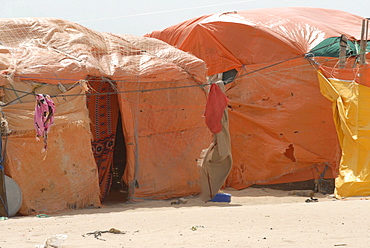
Hardest hit was a 650 kilometers stretch of the somali coastline between garacad (mudung region) and xaafuun (bari region), which forms part of the puntland province near the horn of africa. The tsunami resulted in the death of some 300 people and extensive destruction of shelters, houses and water sources as well as fishing gear. The livelihoods of many people residing in towns and small villages along the somali indian ocean coastline, particularly in the northern regions, were devastated

Hardest hit was a 650 kilometers stretch of the somali coastline between garacad (mudung region) and xaafuun (bari region), which forms part of the puntland province near the horn of africa. The tsunami resulted in the death of some 300 people and extensive destruction of shelters, houses and water sources as well as fishing gear. The livelihoods of many people residing in towns and small villages along the somali indian ocean coastline, particularly in the northern regions, were devastated
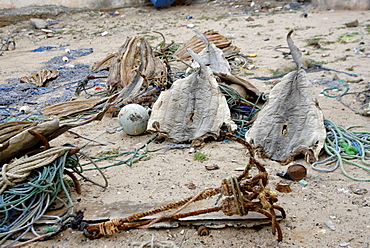
Eyl is a town in somalias puntland state. The prominent clan in eyl district are yonis idiris, a sub-clan of isse mahamud, which in turn is a sub-clan of majeerteen. Eyl is near the hafun peninsula, the location of most of somalias casualties from the 2004 indian ocean tsunami., the tsunami resulted in the death of some 300 people and extensive destruction of shelters, houses and water sources as well as fishing gear. The livelihoods of many people residing in towns and small villages along the somali indian ocean coastline, particularly in the northern regions, were devastated, /shark fishing is main source of income for many of the somalis fishermen. sharks skin drying in eyl
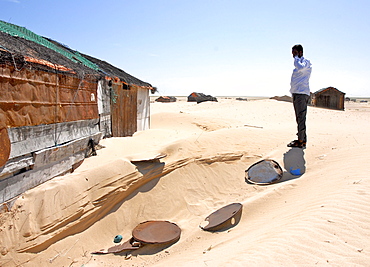
Hardest hit was a 650 kilometers stretch of the somali coastline between garacad (mudung region) and xaafuun (bari region), which forms part of the puntland province near the horn of africa. The tsunami resulted in the death of some 300 people and extensive destruction of shelters, houses and water sources as well as fishing gear. The livelihoods of many people residing in towns and small villages along the somali indian ocean coastline, particularly in the northern regions, were devastated
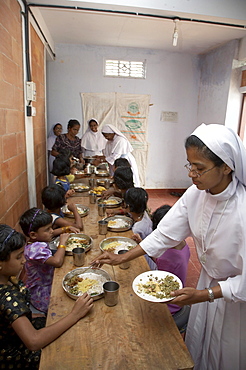
India. Sister bincy joseph aruviyil serving, during mealtime at the mary matha bala bhavan, a girls orphanage run by syro-malabar catholic missionary sisters of mary immaculate (msmi), chamal village, thamarassery diocese, khozikode, kerala. 2007

Hardest hit was a 650 kilometers stretch of the somali coastline between garacad (mudung region) and xaafuun (bari region), which forms part of the puntland province near the horn of africa. The tsunami resulted in the death of some 300 people and extensive destruction of shelters, houses and water sources as well as fishing gear. The livelihoods of many people residing in towns and small villages along the somali indian ocean coastline, particularly in the northern regions, were devastated

Hardest hit was a 650 kilometers stretch of the somali coastline between garacad (mudung region) and xaafuun (bari region), which forms part of the puntland province near the horn of africa. The tsunami resulted in the death of some 300 people and extensive destruction of shelters, houses and water sources as well as fishing gear. The livelihoods of many people residing in towns and small villages along the somali indian ocean coastline, particularly in the northern regions, were devastated
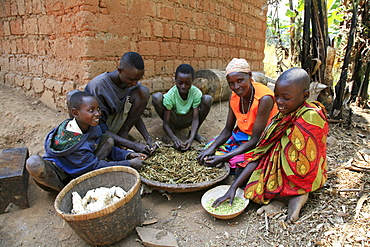
Burundi nduwamahoro, active non,violence peace building project, supported by sciaf. In the home of grandmother ntezahorigwa pelagie, 60. The family preparing food: taking beans from their pods, cleaning peas and peeling cassava, their staple diet.

Hardest hit was a 650 kilometers stretch of the somali coastline between garacad (mudung region) and xaafuun (bari region), which forms part of the puntland province near the horn of africa. The tsunami resulted in the death of some 300 people and extensive destruction of shelters, houses and water sources as well as fishing gear. The livelihoods of many people residing in towns and small villages along the somali indian ocean coastline, particularly in the northern regions, were devastated
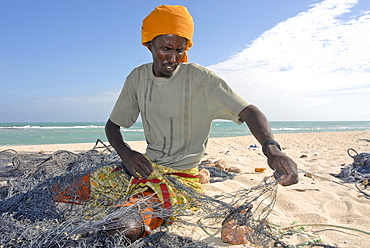
Hardest hit was a 650 kilometers stretch of the somali coastline between garacad (mudung region) and xaafuun (bari region), which forms part of the puntland province near the horn of africa. The tsunami resulted in the death of some 300 people and extensive destruction of shelters, houses and water sources as well as fishing gear. The livelihoods of many people residing in towns and small villages along the somali indian ocean coastline, particularly in the northern regions, were devastated
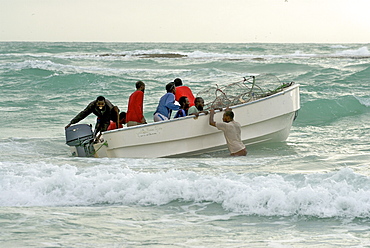
Hardest hit was a 650 kilometers stretch of the somali coastline between garacad (mudung region) and xaafuun (bari region), which forms part of the puntland province near the horn of africa. The tsunami resulted in the death of some 300 people and extensive destruction of shelters, houses and water sources as well as fishing gear. The livelihoods of many people residing in towns and small villages along the somali indian ocean coastline, particularly in the northern regions, were devastated
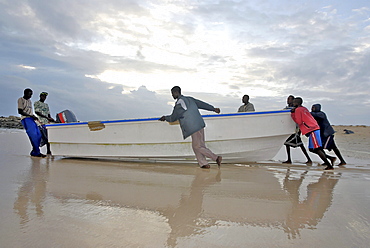
Hardest hit was a 650 kilometers stretch of the somali coastline between garacad (mudung region) and xaafuun (bari region), which forms part of the puntland province near the horn of africa. The tsunami resulted in the death of some 300 people and extensive destruction of shelters, houses and water sources as well as fishing gear. The livelihoods of many people residing in towns and small villages along the somali indian ocean coastline, particularly in the northern regions, were devastated
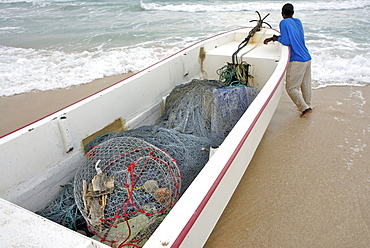
Hardest hit was a 650 kilometers stretch of the somali coastline between garacad (mudung region) and xaafuun (bari region), which forms part of the puntland province near the horn of africa. The tsunami resulted in the death of some 300 people and extensive destruction of shelters, houses and water sources as well as fishing gear. The livelihoods of many people residing in towns and small villages along the somali indian ocean coastline, particularly in the northern regions, were devastated
